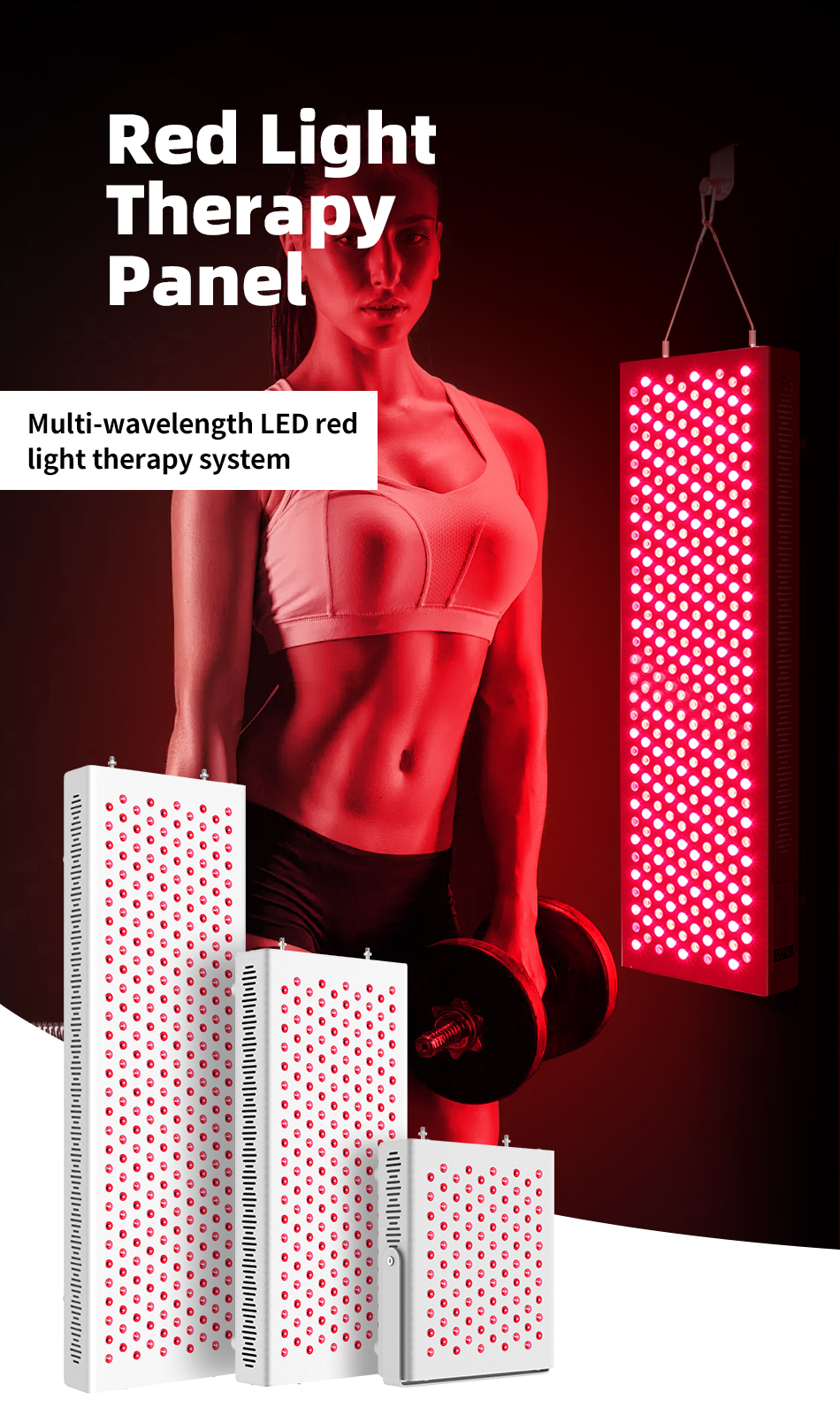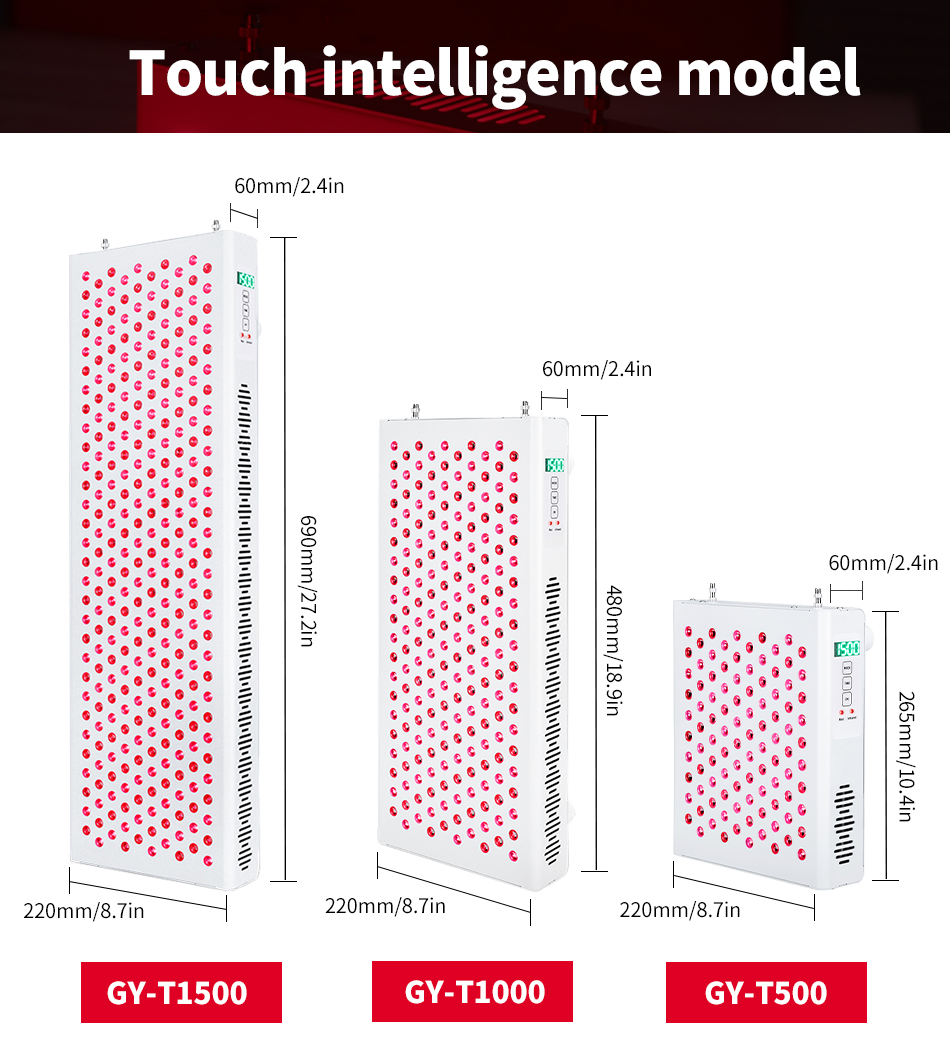The deep-water soilless cage aquaculture project led by the Hubei Yuan'an County Agricultural Technology Center has successfully passed its acceptance inspection. The initiative involved cultivating astragalus (a type of aquatic plant) in a 200-square-meter deep-water cage system, achieving an impressive average yield of 13.64 kilograms per square meter and a unit production value of 625.5 yuan per square meter, with a profit margin of 280 yuan per square meter. Below are the key technologies implemented in this innovative aquaculture approach:
1. **Cage Production**: The cages used are rectangular, with areas ranging from 15 to 100 square meters, and their length is more than three times their width. The total height of each cage is approximately 1.5 meters, with 0.5 to 0.7 meters of space above water and 0.8 to 1 meter of water outlet depth. The cages are constructed using polyethylene mesh with a mesh size between 0.8 mm and 1.2 mm, and the upper and lower ropes have a diameter of 6 mm.
2. **Cage Installation**: These cages are placed in sunny, clean, and quiet waters such as ponds, rafts, rivers, lakes, and reservoirs with stable water levels. When setting up the cages, bamboo rafts must be securely fastened, and the surrounding steel ropes should be tightened. Each corner of the cage is filled with 25 kg of yellow mud in bags to stabilize the structure, ensuring that the mesh remains perpendicular to the water surface or bottom.
3. **Transplantation of Aquatic Plants**: Astragalus thrives when grown alongside floating aquatic plants. Fast-growing species like water peanuts and water hyacinths are ideal. To create a floating row, one-third of each end of the cage is reserved for planting, while the middle third is left open. The method involves straightening the vines on the shore, piling them, and then using iron forks to position the plants within the cage. Approximately 25 kg of plants can be planted per square meter.
4. **Stocking**: After soaking the plants for 10–15 days, quail fry are introduced during the day when the water temperature is between 18°C and 20°C. The quails should be wild-caught, healthy, and active, with a weight of 30–40 grams each. They are disinfected using a 2%–3% saline solution for 5–8 minutes before being released. Stocking density depends on the area of the floating plants, typically around 2–2.5 kg of fry per square meter.
5. **Domestication and Feeding**: Within two to three days after introduction, the quails begin feeding on animal-based feeds such as clams, fish, shrimp, or quail meat. Initially, they are fed a mix of fish paste, stew, or clams combined with compound feed in a 9:1 ratio. Over four to five days, the proportion of compound feed is gradually increased to 60%–70%, while animal feed is reduced to 30%–40%. For every 100 kg of quails, about 5–6 kg of feed is provided daily, preferably in the evening.
6. **Daily Management**: A "push-out method" is used to remove leftover food and dead quails. Floating plants at one end of the cage are pushed to the other, allowing for easy inspection and maintenance. This technique ensures efficient daily management and monitoring throughout the entire cage.
7. **Disease Prevention and Treatment**: Regular disinfection and deworming are essential. Disinfection is done every 20 days using 25 mg/L quicklime or 1 mg/L bleach. Deworming is carried out every 40 days using 0.45 mg/L trichlorfon. In case of enteritis, 5 g of oxytetracycline or sulfamethoxazole is added per 100 kg of quails for 5–7 days. For bleeding issues, 2.5 g of fluoctic acid is used per 100 kg, administered for 5–6 days.
8. **Winter Survival**: This breeding method does not allow for safe winter survival, so all quails must be harvested before the end of December. If they need to be kept until after the Spring Festival, they should be moved to special wintering pools in late autumn. Each 50 kg of quails requires a small earthen pond measuring 3 meters long and 1 meter deep. The original cage is placed inside, buried 20–30 cm into the soil, and soaked in water for 2–3 days. After 10–15 days of shallow water exposure, the pool is slowly drained. Cold grasses like straw are added before frost to ensure the quails survive the winter safely.
(Authors: Yang Yufeng, Tansi Xiong, Zhang Kaimei)


Portable Red Light Therapy Panel
Want to enjoy a red light spa at home? Come to Suyzeko and choose a red light therapy panel that suits you!
Â

Â
We Suyzeko have been engaged in the research and independent production of red light therapy equipment for more than 12 years. We have red light panels of different sizes to provide, and can provide customized combinations of wavelengths.
Â

Red Light Therapy Panel Photodynamic Panel Red Light Panel Device Red Light Therapy Panel,pdt machine,infrared light therapy device,Red Light Therapy Bed,led light therapy panel Red light therapy, also known as photobiomodulation or low-level light therapy, is a non-invasive treatment that uses red or near-infrared light to stimulate cellular function in the body. The therapy involves exposing the skin to specific wavelengths of light, typically between 600 to 1000 nanometers, which can penetrate the skin to a depth of about 5 millimeters. Red light therapy works by stimulating the mitochondria in the body's cells, which are responsible for producing energy (ATP). The light energy absorbed by the mitochondria triggers a series of biochemical reactions that can enhance cellular metabolism and promote various therapeutic effects.
photon red infrared light panel,pdt lights therapy panels,infrared light therapy device,full body pdt led beds,led light therapy panel
Shenzhen Suyzeko Limited. , https://www.nirlighttherapy.com